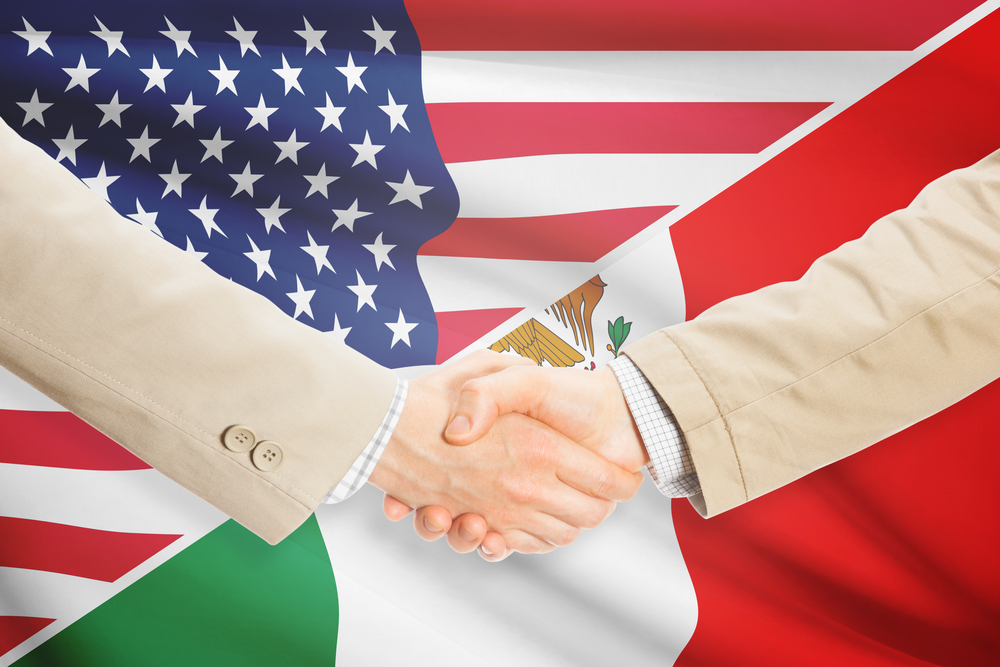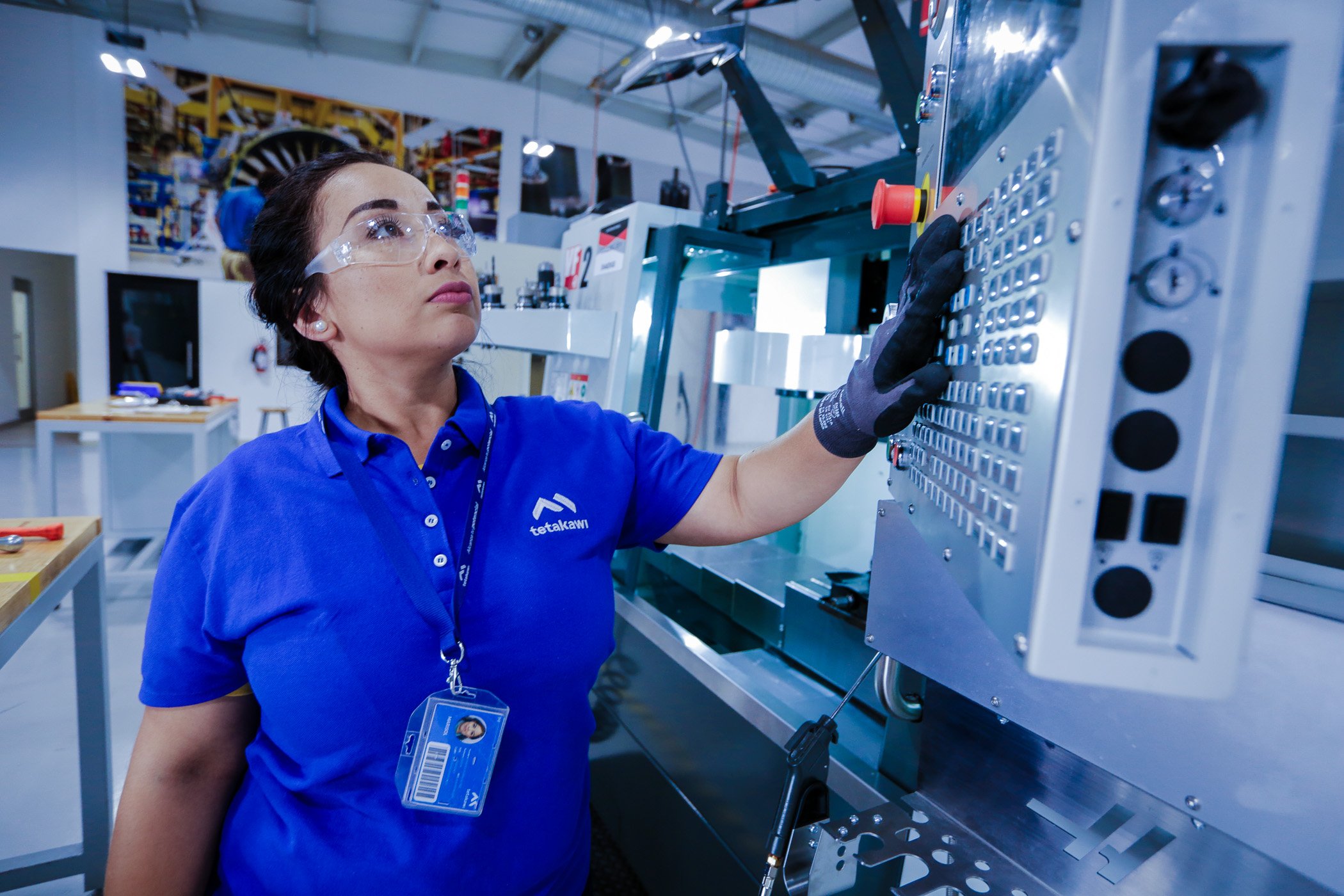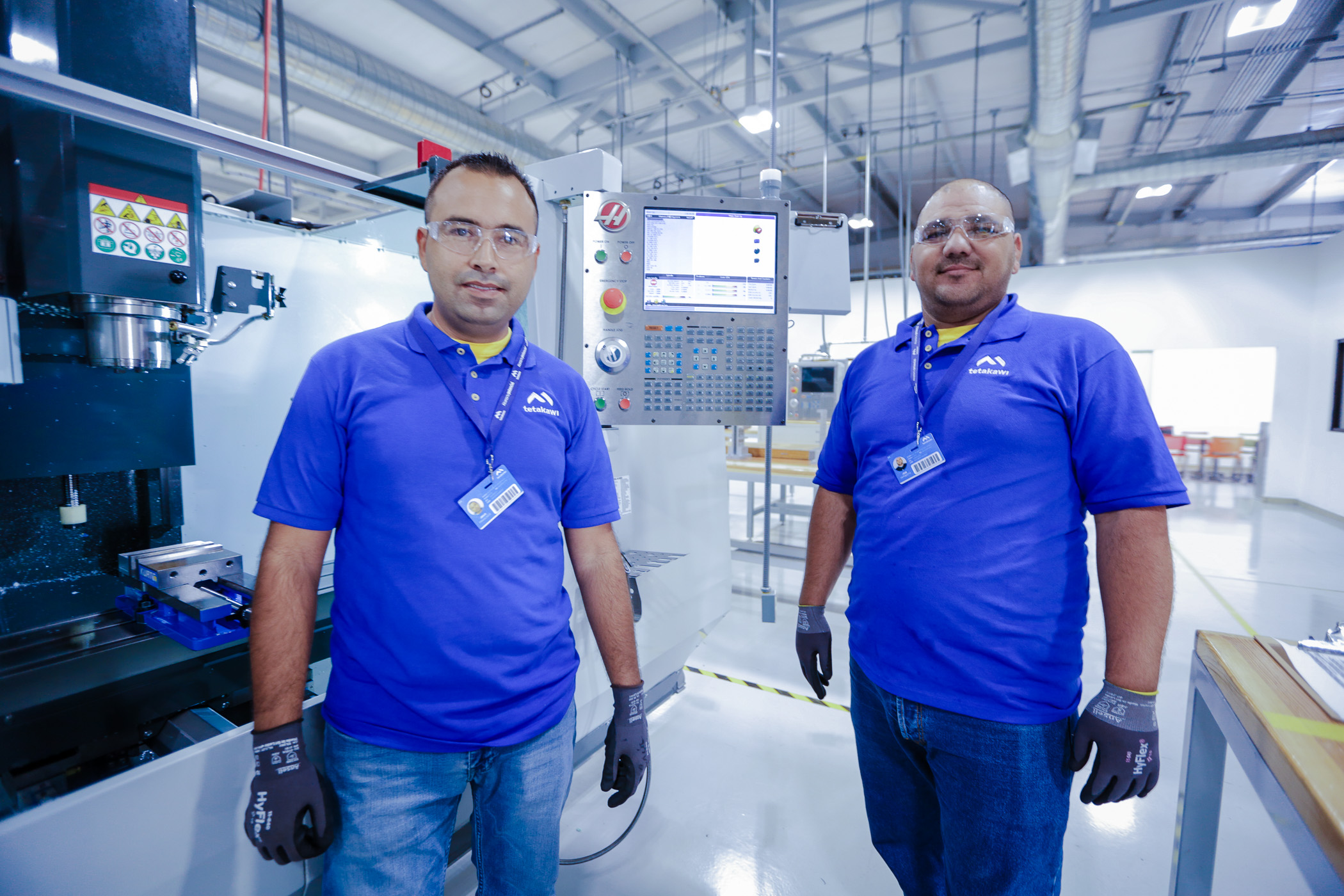Two decades ago, American manufacturing companies, (as well as those from many other countries) fled to China to take advantage of the low-labor costs in order to increase their bottom lines. Since that time, however, Mexico’s labor costs have steadily declined—allowing companies that relocate there to reap the same sustainable profitability that China once offered.
Labor Costs In Mexico Vs. China
Mexico’s labor costs are less than what they were twenty years ago, whereas these costs in China have nearly tripled. Despite this surge and the increased cost of transportation in Asia, some U.S. companies still believed that there were benefits in offshoring on the other side of the world.
But this is no longer the case—and many manufacturing businesses have since adopted a new thought process.
According to various reports, China’s productivity has gradually slowed, while its labor costs have risen by approximately 5% each year. Since 2007, the markets have also seen China’s Unit Labor Costs (ULC) grow by 60% in U.S. dollars. One of the reasons this is happening is the appreciation of the yuan against the dollar. However, rising wages is the primary focus for most manufacturing companies.
On the other hand, Mexico’s productivity has continued to rise as its labor costs decline. Wages in the country today are comfortably lower than those of China. This has led to China steadily losing their market share to Mexico, especially in labor-intensive industries such as the manufacturing and export of transportation equipment and parts. The technology and electronics industries have also greatly benefited from the affordable wage levels offered by Mexico.
Labor Costs In Mexico Vs. The United States
Rising labor costs in China have led to what some describe as a manufacturing trend or revolution of U.S. manufacturers reshoring their operations. U.S. wages remain relatively high compared to those in China, leading many U.S. manufacturing companies to opt to move to Mexico.
In fact, recent field studies have shown that the average U.S. fully loaded labor costs (inclusive of wages, medical insurance, social security, federal and state unemployment insurance, and workman’s compensation insurance) for general manufacturing functions range between $21 and $38 per hour. In Mexico, the government reports that the manufacturing cost is just $2 per hour, an historic low.
The labor disparity between countries continues to make Mexico an attractive alternative for U.S. manufacturing companies. The country becomes even more attractive when you consider the high productivity levels of its workforce and its proximity to U.S. markets. All of this continues to fuel the continued trend of manufacturers moving their facilities to Mexico. Some notable businesses that have relocated south of the border to take full advantage of lower labor costs and greater productivity include Caterpillar, Ford, Nucor, and General Motors.
The Migration Continues
American and other manufacturing companies continue to move their facilities from China to the North American continent. Though they are not relocating to the U.S. as some would expect, but to Mexico. Near-shoring is replacing off-shoring, and Mexico is proving to be the best place to do business because of its affordable labor costs. As a result, we can expect to see more manufacturing leaving China.
Subscribe
Sign up and stay informed with tips, updates, and best practices for manufacturing in Mexico.





